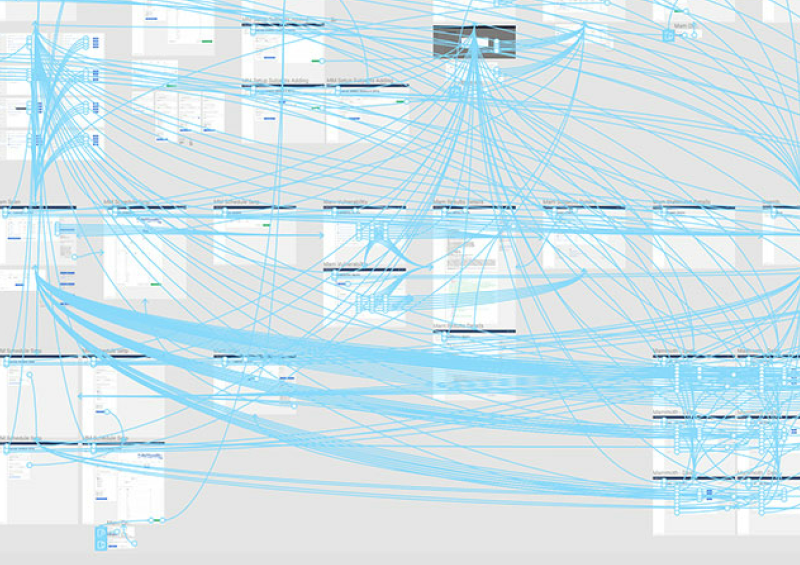While learning Node.js, A javascript runtime for the server-side, I recently built a little node game as a learning challenge. Because the game runs in the command line there is no interface. As a designer, wrapping my head around this was a bit of a challenge at first.
Words & spaces
Copy is important regardless of the project. But when there’s no layout, no icons, no font faces or sizes, the importance of good copy is super-charged. But not only the words, but space around and in-between them. Spaces and line-breaks were the closest semblances to layout design you can achieve in the command line.
Tone
The tone I took with the app also became important. It would be the only tool to inject “delight” into the interaction. Should it be funny? serious? casual? The answer is usually funny or casual. Who really wants to play a serious command-line game? Lawyers maybe?
This UI-less interface has been a hot topic recently, with discussions around voice interfaces like Alexa and Google Home. While designing the node app, it got me thinking about voice UI’s, specifically about verbosity. How much information to give the user when there is no screen, no way to re-read, skim, double-check. The answer is to give just enough, enough to get the information across but not too much to overload the user with something they can’t parse.
This is a field ripe for more testing, research and discussion. It’s exciting to see how we continue to interact with applications and products with either no UI or a limited UI.




